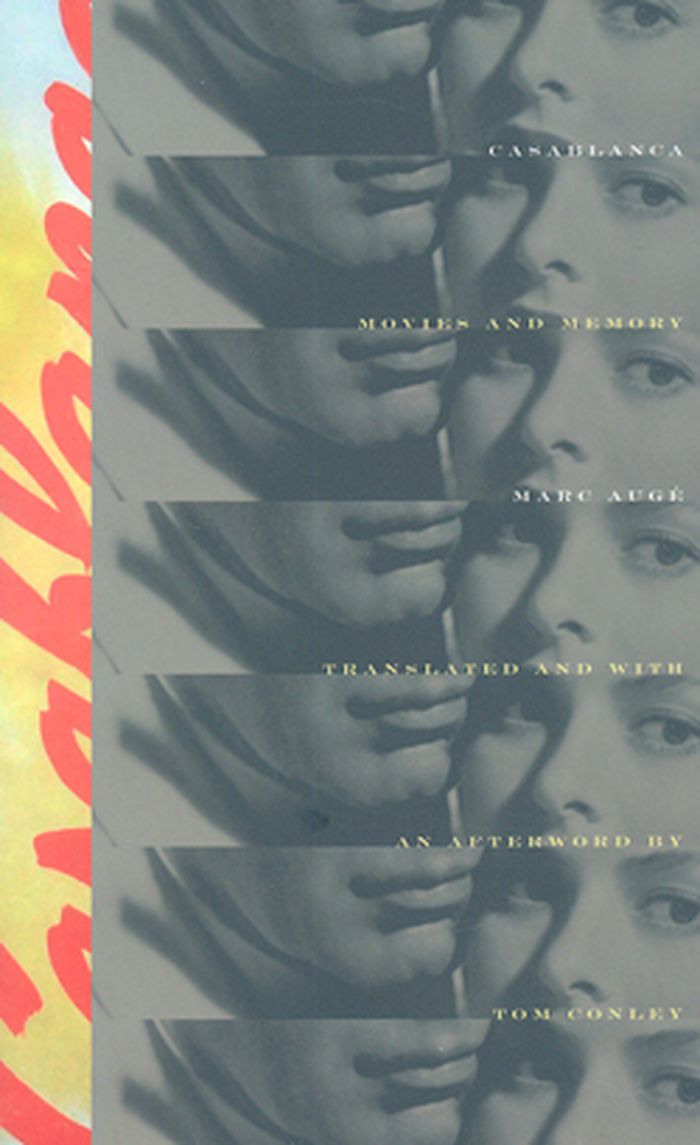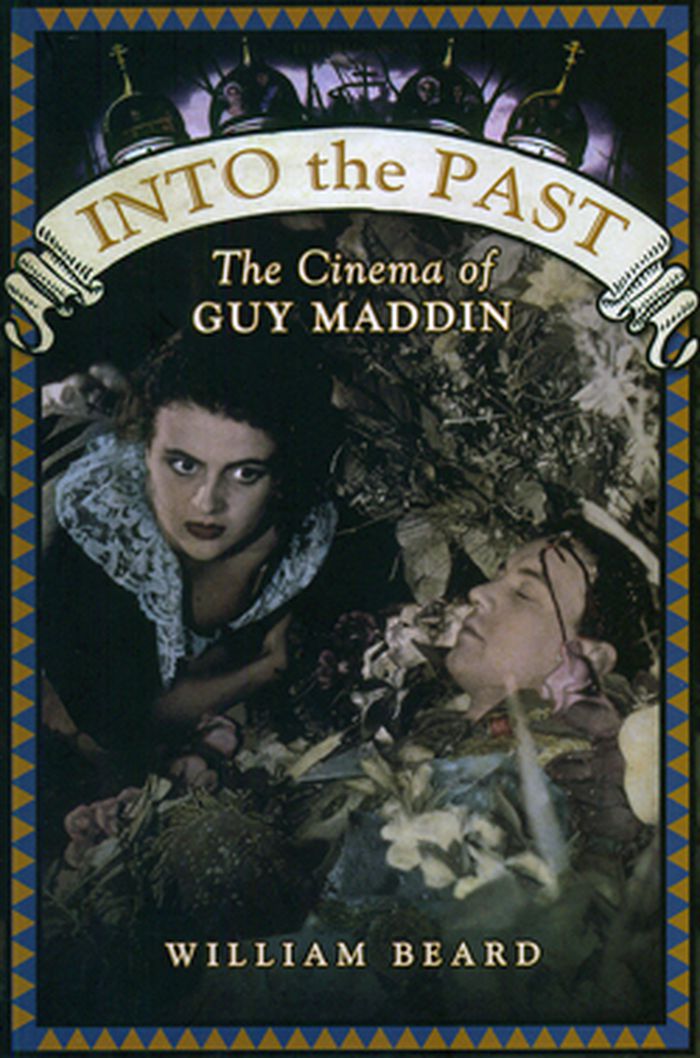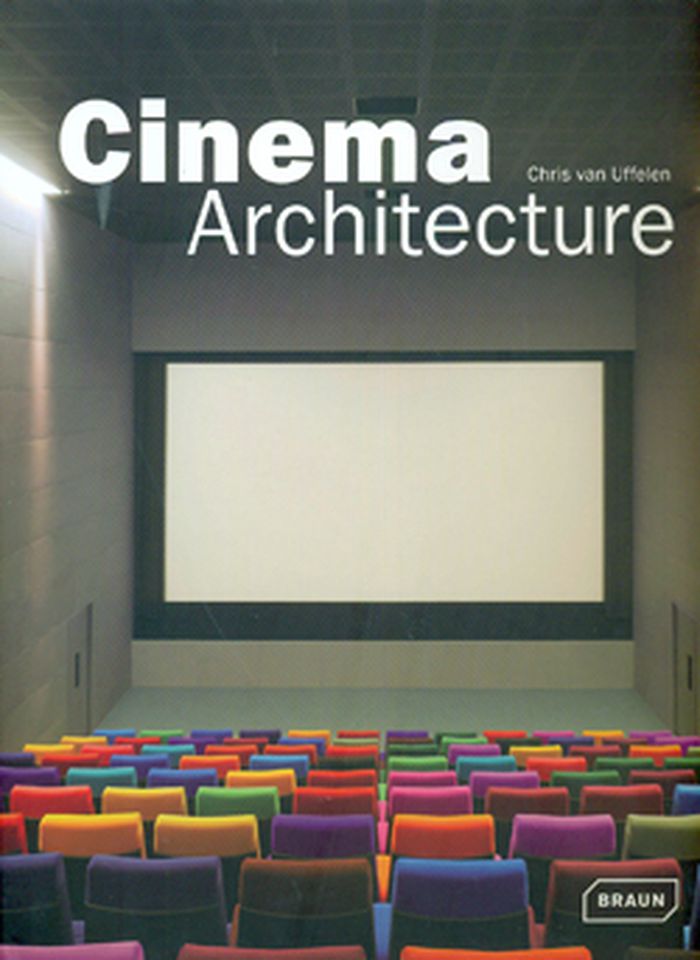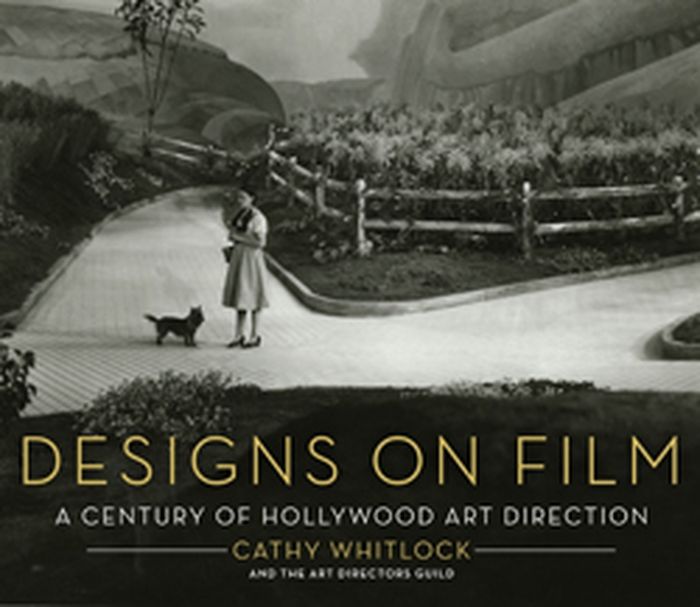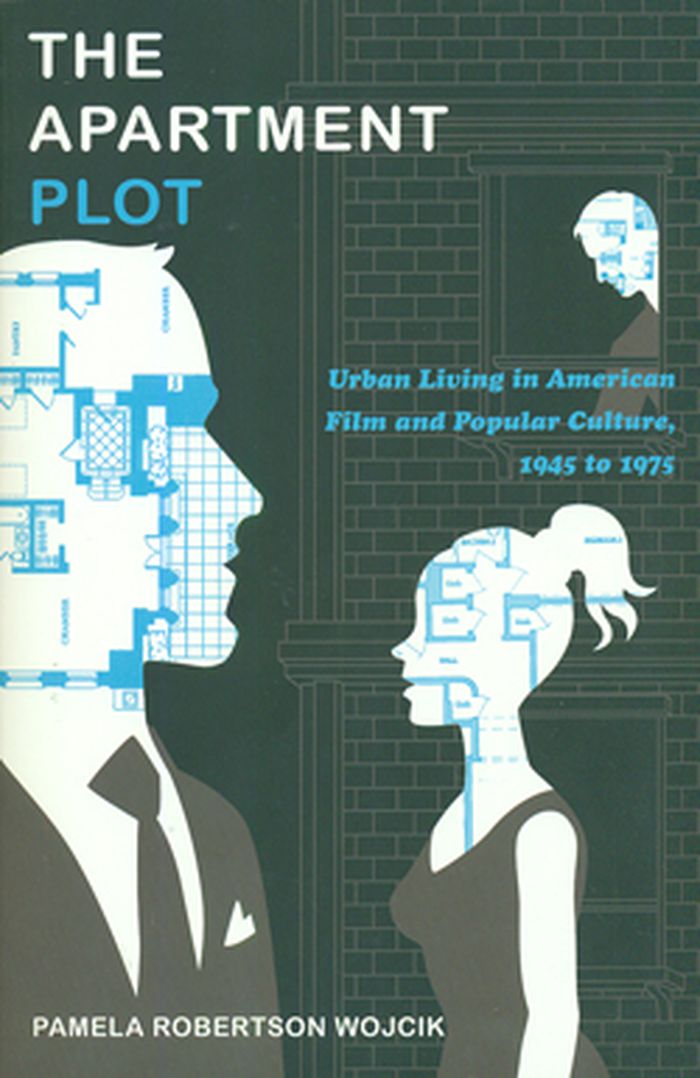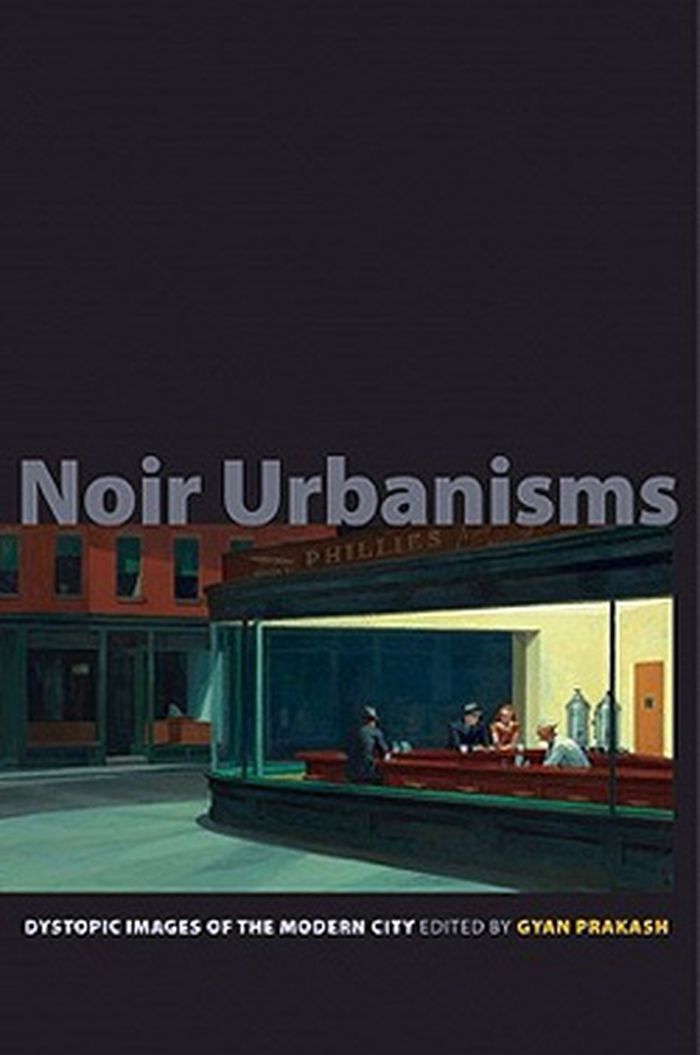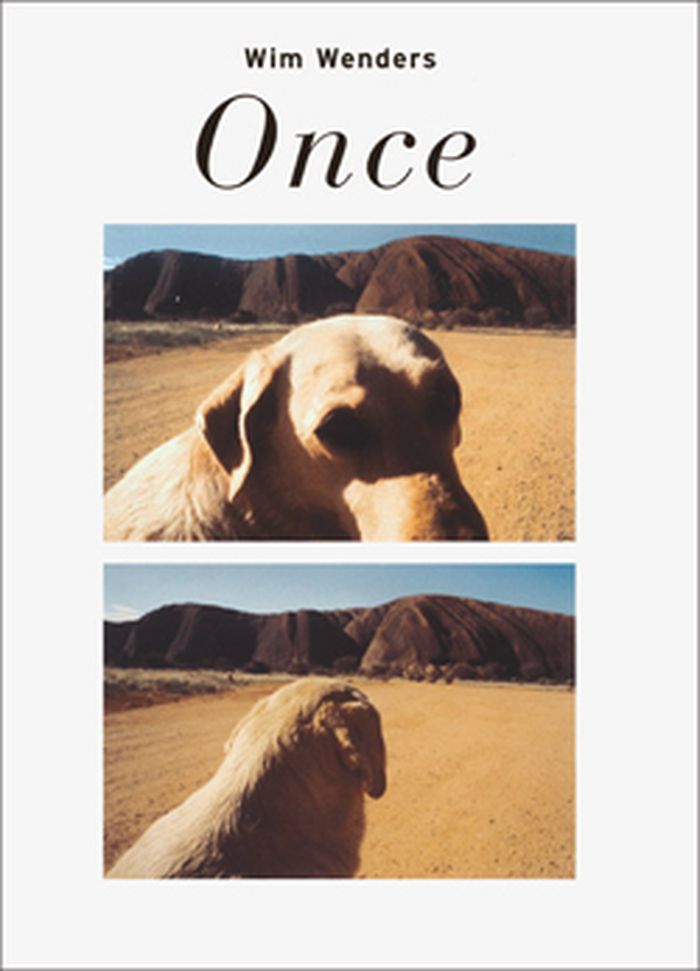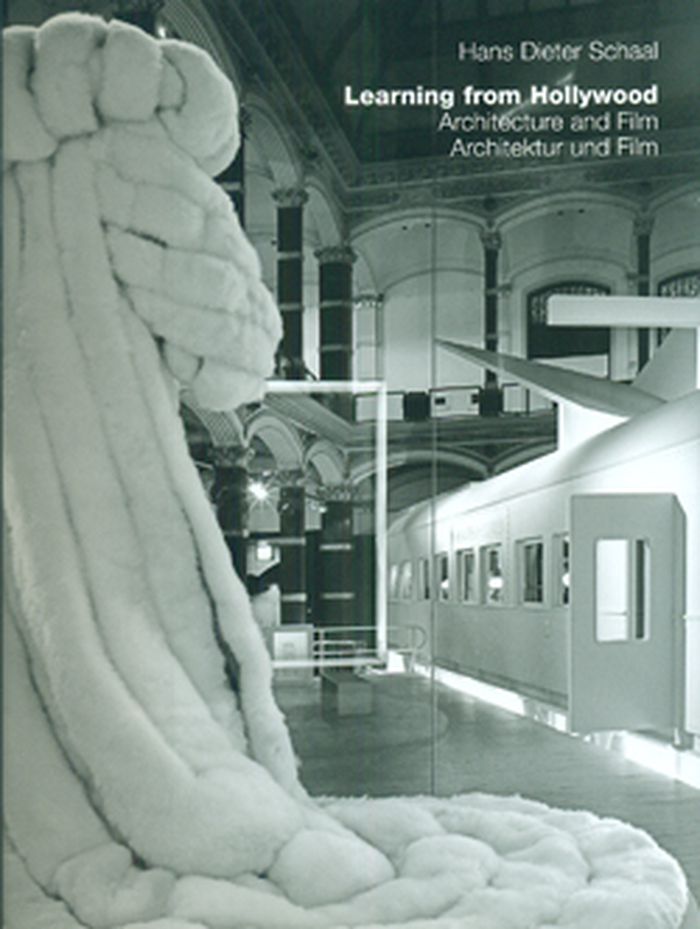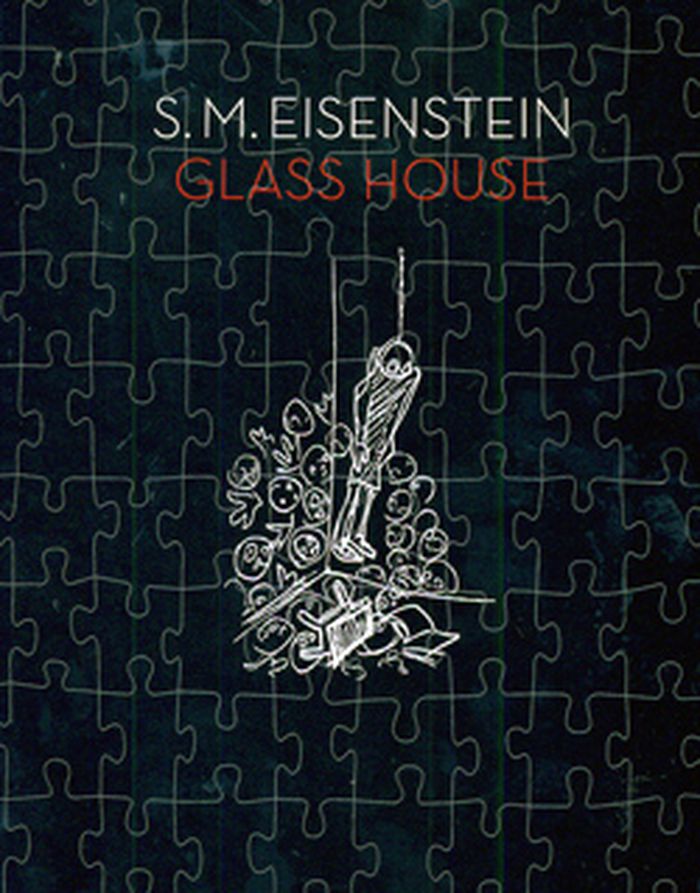$20.95
(available to order)
Summary:
Marc Augé was eleven or twelve years old when he first saw Casablanca. The film-with its recurring scenes of waiting, menace, and flight-occupies a significant place in Augé's own memory of his uprooted childhood and the wartime exploits of his family. Seamlessly weaving together film criticism and memoir, Casablanca moves between Augé's insights into the filmgoing(...)
Casablanca: movies and memory
Actions:
Price:
$20.95
(available to order)
Summary:
Marc Augé was eleven or twelve years old when he first saw Casablanca. The film-with its recurring scenes of waiting, menace, and flight-occupies a significant place in Augé's own memory of his uprooted childhood and the wartime exploits of his family. Seamlessly weaving together film criticism and memoir, Casablanca moves between Augé's insights into the filmgoing experience and his reflections on his own life, the collective trauma of France's wartime history, and how such events as the fall of Paris, the exodus of refugees, and the Occupation-all depicted in the film-were lived and are remembered.
Architecture and Film, Set Design
$37.95
(available in store)
Summary:
Into the Past provides a complete and systematic critical commentary on each of Maddin's feature films and shorts, from his 1986 debut film The Dead Father through to his highly successful 2008 full-length 'docu-fantasia' My Winnipeg.
Into the past: the cinema of Guy Maddin
Actions:
Price:
$37.95
(available in store)
Summary:
Into the Past provides a complete and systematic critical commentary on each of Maddin's feature films and shorts, from his 1986 debut film The Dead Father through to his highly successful 2008 full-length 'docu-fantasia' My Winnipeg.
Architecture and Film, Set Design
Cinema architecture
$78.00
(available to order)
Summary:
Cinema Architecture explores different types of movie theatres. These range from self-contained buildings to cinemas that are components of entertainment or cultural centres, cinemas that are outside of their usual context, for instance in hotels, as well as multi-functional mobile screening constructions. The volume also focusses on the interior design which spans from(...)
Cinema architecture
Actions:
Price:
$78.00
(available to order)
Summary:
Cinema Architecture explores different types of movie theatres. These range from self-contained buildings to cinemas that are components of entertainment or cultural centres, cinemas that are outside of their usual context, for instance in hotels, as well as multi-functional mobile screening constructions. The volume also focusses on the interior design which spans from flamboyant, luxurious and opulent to minimalist, modern and refined.
Architecture and Film, Set Design
$86.00
(available to order)
Summary:
Drawing on insights from the most prominent Hollywood production designers and the historical knowledge of the venerable Art Directors Guild, Designs on Filmdelves into the detailed process of how sets are imagined, drawn, built, and decorated.
Designs on film: A century of Hollywood art direction
Actions:
Price:
$86.00
(available to order)
Summary:
Drawing on insights from the most prominent Hollywood production designers and the historical knowledge of the venerable Art Directors Guild, Designs on Filmdelves into the detailed process of how sets are imagined, drawn, built, and decorated.
Architecture and Film, Set Design
$27.95
(available to order)
Summary:
Rethinking the significance of films including "Pillow Talk," "Rear Window," and "The Seven Year Itch," Pamela Robertson Wojcik examines the popularity of the "apartment plot," her term for stories in which the apartment functions as a central narrative device. From the baby boom years into the 1970s, the apartment plot was not only key to films; it also surfaced in TV(...)
Architecture and Film, Set Design
November 2010
The apartment plot : urban living in American film and popular culture, 1945 to 1975
Actions:
Price:
$27.95
(available to order)
Summary:
Rethinking the significance of films including "Pillow Talk," "Rear Window," and "The Seven Year Itch," Pamela Robertson Wojcik examines the popularity of the "apartment plot," her term for stories in which the apartment functions as a central narrative device. From the baby boom years into the 1970s, the apartment plot was not only key to films; it also surfaced in TV shows, Broadway plays, literature, and comic strips, from "The Honeymooners" and" The Mary Tyler Moore Show "to" Subways are for Sleeping "and" Apartment 3-G." By identifying the apartment plot as a film genre, Wojcik reveals affinities between movies generally viewed as belonging to such distinct genres as film noir, romantic comedy, and melodrama. She analyzes the apartment plot as part of a mid-twentieth-century urban discourse, showing how it offers a vision of home centered on values of community, visibility, contact, mobility, impermanence, and porousness that contrasts with views of home as private, stable, and family-based.
Architecture and Film, Set Design
$32.95
(available to order)
Summary:
Dystopic imagery has figured prominently in modern depictions of the urban landscape. The city is often portrayed as a terrifying world of darkness, crisis, and catastrophe. Noir Urbanisms traces the history of the modern city through its critical representations in art, cinema, print journalism, literature, sociology, and architecture. It focuses on visual forms of(...)
Noir urbanisms: Dystopic images of the modern city
Actions:
Price:
$32.95
(available to order)
Summary:
Dystopic imagery has figured prominently in modern depictions of the urban landscape. The city is often portrayed as a terrifying world of darkness, crisis, and catastrophe. Noir Urbanisms traces the history of the modern city through its critical representations in art, cinema, print journalism, literature, sociology, and architecture. It focuses on visual forms of dystopic representation--because the history of the modern city is inseparable from the production and circulation of images--and examines their strengths and limits as urban criticism. Contributors explore dystopic images of the modern city in Germany, Mexico, Japan, India, South Africa, China, and the United States. Their topics include Weimar representations of urban dystopia in Fritz Lang's 1927 film Metropolis; 1960s modernist architecture in Mexico City; Hollywood film noir of the 1940s and 1950s; the recurring fictional destruction of Tokyo in postwar Japan's sci-fi doom culture; the urban fringe in Bombay cinema; fictional explorations of urban dystopia in postapartheid Johannesburg; and Delhi's out-of-control and media-saturated urbanism in the 1980s and 1990s. What emerges in Noir Urbanisms is the unsettling and disorienting alchemy between dark representations and the modern urban experience.
Architecture and Film, Set Design
$36.00
(available to order)
Summary:
In the tradition of "Paris, Texas" and "Faraway, So Close", the texts and pictures in this publication weave ambiguous and moving narratives in fits of rhythmic prose and inventive imagery. Prefaced by Wenders' poetic meditations on the metaphysics of photography and film, the book consists of short, autobiographical sketches relating Wenders' experiences — both(...)
October 2010
Wim Wenders : once, pictures and stories
Actions:
Price:
$36.00
(available to order)
Summary:
In the tradition of "Paris, Texas" and "Faraway, So Close", the texts and pictures in this publication weave ambiguous and moving narratives in fits of rhythmic prose and inventive imagery. Prefaced by Wenders' poetic meditations on the metaphysics of photography and film, the book consists of short, autobiographical sketches relating Wenders' experiences — both meaningful and apparently trivial — on his trips across the world scouting locations for his films, as well as photographs taken during these excursions. The result is at once travel diary, photo album, and a series of short films or short stories — revealing the views and sentiments of an auteur inspired by the poetry of the eye and the melody of speech.
$60.00
(available to order)
Summary:
Hollywood is not only the secret world capital of dreams and the fictions of the subconscious, but also the capital of architecture. Hollywood is the Rome and the Versailles of the 20th and 21st centuries. A new awareness of space spanning the entire world was created here. These backgrounds, stage sets and filmic spaces are indelibly fixed in every spectator's mind.
Learning from Hollywood: Architecture and film
Actions:
Price:
$60.00
(available to order)
Summary:
Hollywood is not only the secret world capital of dreams and the fictions of the subconscious, but also the capital of architecture. Hollywood is the Rome and the Versailles of the 20th and 21st centuries. A new awareness of space spanning the entire world was created here. These backgrounds, stage sets and filmic spaces are indelibly fixed in every spectator's mind.
Architecture and Film, Set Design
books
Le cinéma aujourd'hui
$69.95
(available to order)
Summary:
Le Cinéma aujourd'hui présente un panorama du cinéma international et des films qui se sont imposés sur nos écrans au cours des trente dernières années. L'auteur s'intéresse tout d'abord au nouvel Hollywood : ses réalisateurs et ses genres, et cette capacité à réagir aux changements qui lui a permis de conserver sa position dominante. Les films hollywoodiens sont vus par(...)
Le cinéma aujourd'hui
Actions:
Price:
$69.95
(available to order)
Summary:
Le Cinéma aujourd'hui présente un panorama du cinéma international et des films qui se sont imposés sur nos écrans au cours des trente dernières années. L'auteur s'intéresse tout d'abord au nouvel Hollywood : ses réalisateurs et ses genres, et cette capacité à réagir aux changements qui lui a permis de conserver sa position dominante. Les films hollywoodiens sont vus par des millions de spectateurs de tous pays, pas seulement pour leur qualité de production, mais aussi parce qu'ils touchent les rêves et l'imagination de chacun. L'auteur se tourne ensuite vers les autres lieux de production, l'Europe de l'Ouest et de l'Est, l'Afrique du Nord et l'Amérique latine, les pays d'Océanie et l'industrie indienne du cinéma, appelée Bollywood. Des réalisateurs aussi influents que Steven Spielberg, Chen Kaige ou Jean-Luc Godard côtoient une nouvelle génération d'artistes comme Paul Thomas Anderson, Lukas Moodysson et Samira Makhmalbaf.
books
January 2004
Architecture and Film, Set Design
$24.99
(available in store)
Summary:
C'est à Berlin, en 1926, que le réalisateur russe S. M. Eisenstein découvre l'utilisation architecturale du verre et la place qu'il occupe dans un certain nombre d'utopies de réconciliation sociale (Gropius, Mies van der Rohe, Le Corbusier…). C'est alors qu'il envisage de réaliser Glass House, un projet inabouti dont il ne reste aujourd'hui que ses notes de travail,(...)
Glass house: du projet de film au film comme projet S. M. Eisenstein
Actions:
Price:
$24.99
(available in store)
Summary:
C'est à Berlin, en 1926, que le réalisateur russe S. M. Eisenstein découvre l'utilisation architecturale du verre et la place qu'il occupe dans un certain nombre d'utopies de réconciliation sociale (Gropius, Mies van der Rohe, Le Corbusier…). C'est alors qu'il envisage de réaliser Glass House, un projet inabouti dont il ne reste aujourd'hui que ses notes de travail, publiées dans cet ouvrage. Un projet pourtant tenté à Hollywood lorsqu'Eisenstein imagina la conception d'un gratte-ciel en verre où tous seraient soumis au regard de tous, où chacun serait renvoyé à sa solitude par soumission aux valeurs capitalistes, et où la question de l'aliénation sociale se mêlerait à celle du «trouble dans le genre» au travers de personnages venus tout droit de la tradition berlinoise du cabaret. Charlie Chaplin, fasciné par cette anti-utopie où lumière et transparence aboutissent à la coercition et à la mort, avait alors soutenu le réalisateur russe. Ce n'est donc pas un hasard si, dans Le Dictateur, Hinckel avoue à Napaloni être amateur de «moderne» et vouloir mettre partout des parois et plafonds en verre. Mais Glass House fut également un projet de cinéma : un cinéma échappant aux lois de la pesanteur, à l'héritage de la peinture naturaliste et à l'architecture traditionnelle, qui conduisit Eisenstein à une réflexion esthétique sur les thèmes du polycentrisme et de l'hétérotopie – thèmes que l'art moderne et contemporain ne cesseront jamais de travailler.
Architecture and Film, Set Design
